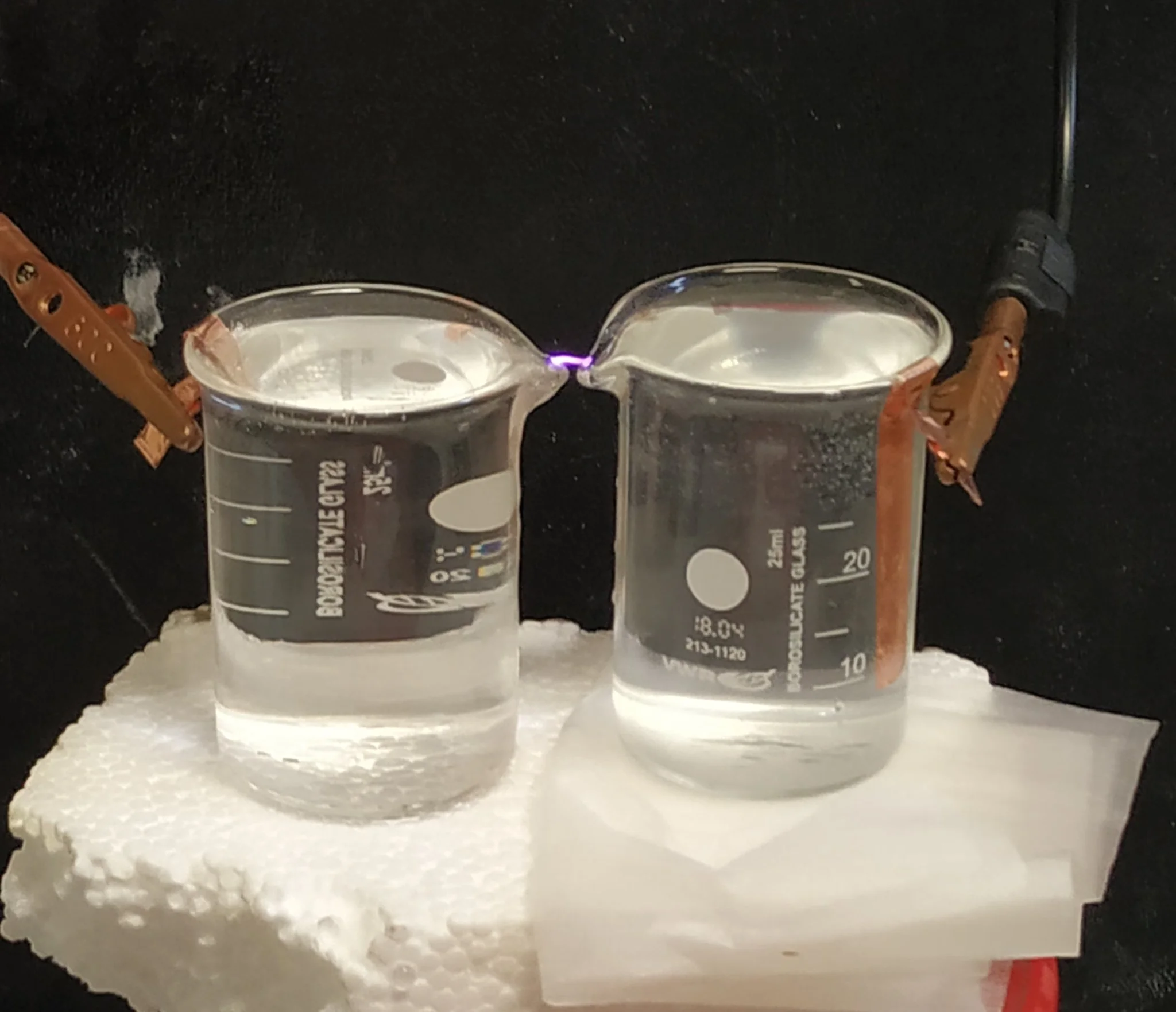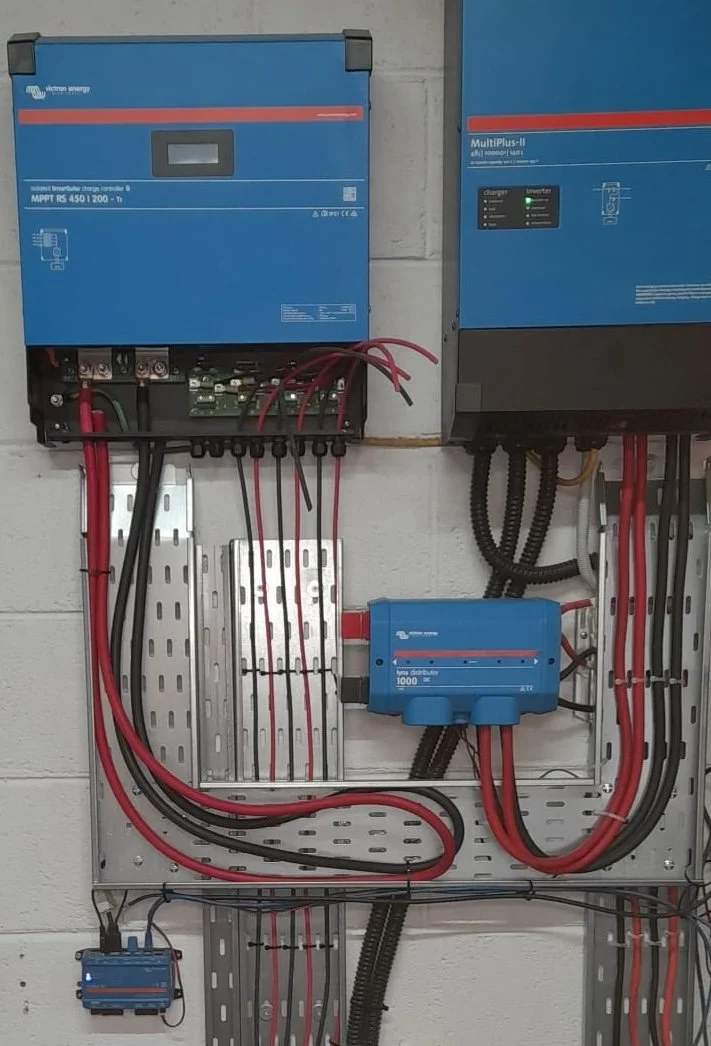Solar PV Payback Calculator (Ireland)
Will your PV system actually pay you back?
Installing solar panels on your roof should, in theory, be a clear and sensible investment. Here, you can check if the numbers add up. Personally, the payback time is the big one for me, and it can be fairly surprising how the small number of variables involved add up together. I hope this calculator does several things:
1: Show the variables that actually matter - Many PV systems have been installed without any mention of such things as “Self-Consumption” and “AC or DC Coupling”. There’s a horrible amount of uncertainty hanging over such installed systems.
2: Give you a realistic sense of whether your system will pay for itself in a sensible timeframe, or if you’re just buying feel-good panels that won’t ever actually earn their keep.
3: Pick the right scale and coupling for your setup. Small rooftop systems (2–5 kWp) can often run fine on AC coupling alone - simple, lower cost, fewer parts. But bigger arrays (8 kWp and up) and serious storage usually work better DC-coupled or hybrid. Otherwise, you risk clipping your panels on bright days or wasting battery potential. Scale shifts what’s smart.
4: Put the SEAI grant in perspective:
The SEAI grant might look like free money, but it’s usually just a gift to some installer’s profit margin. Many quotes automagically swell by several grand when the grant is in play (ask any electrician). The “grant” is taxpayer cash inflating prices for systems that should already pay for themselves. Don’t fall for the “free bonus” pitch - haggle hard, get a fair price first, then take the grant if it’s going. Otherwise, you’re just handing your savings straight back. The SEAI turns a blind eye to this practice and is completely failing to advocate for a renewable rollout with actual teeth.
5: A good tactic - do your homework first and tell the supplier your real budget. Ask for their best system for that price, not some grant-padded fluff. Get multiple quotes if you can, or look into doing it DIY. Always demand an itemised breakdown: panels, inverter, battery, diverters - every line clear. Watch the warranty too - a classic pitfall is the cheap inverter sold with a 5-year warranty, but well known to fail in year 7 or 8.
At its simplest:
You install panels that generate X kWh per year
You use some of that directly (self-consumption), which avoids paying for import
If you add a battery, you will capture more energy for your self-consumption, but batteries cost money
Any surplus energy you export earns you a modest feed-in tariff
Where should the numbers land?
For most homes and businesses, if you can’t see a solid payback well inside 10 years, you are probably throwing money away.
A good system should land somewhere around 5–8 years for a typical Irish home. Grant in pocket, sensible battery, decent self-consumption, no wild installer markup. Skipping the SEAI grant can make sense if you know what you’re doing.
If your payback drifts out to 10 or 15 years, you are basically subsidising your installer or just feeling good for the planet. Which is fine, but you should know that’s what you’re really paying for.
👉 Launch the Solar PV Payback Calculator
Tweak the sliders. See how a bigger battery, better self-consumption, or a sharper quote can bend your payback down where it belongs. Good luck with your PV adventure - it’s worth it.
Running your house on sunlight is deeply satisfying.




